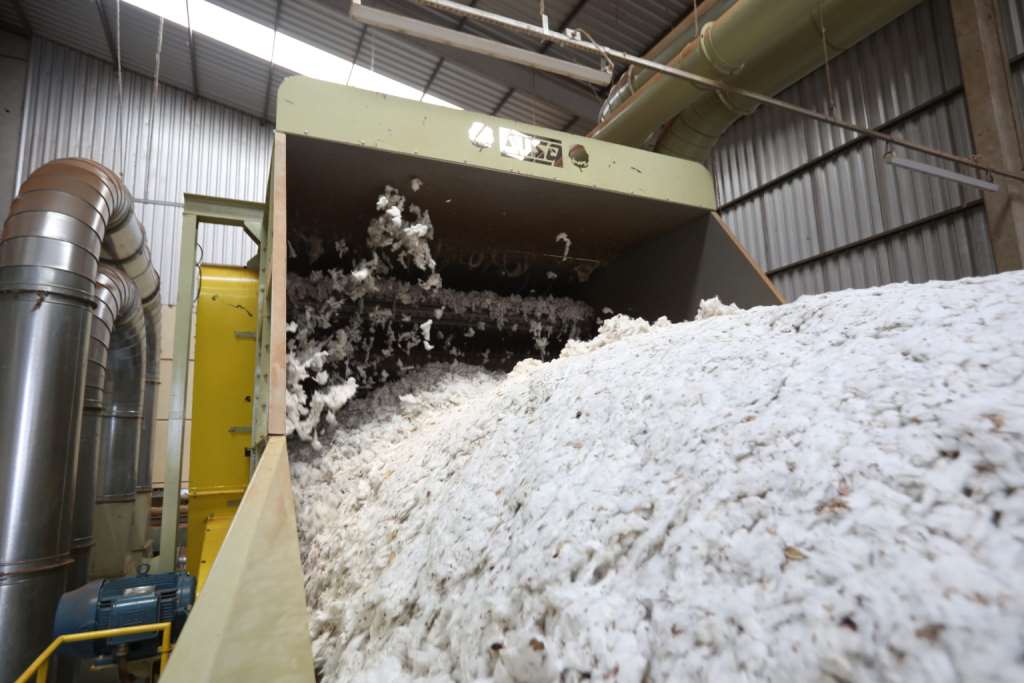Cotton's Digital Revolution: From Fields to Fabric
A quick panoramic view of the textile industry entailing fields to fabric underpins the phenomenon of the textile industry undergoing a radical transformation, taking cognizance of digital technologies taking root in cotton processing.
Another sanguine observation is the exciting blend of traditional savvy/expertise and new-day cutting-edge advancements that are revolutionizing in a nuanced fashion, possibly at every single stage of the cotton journey, starting from fields bursting with white puffs to finished/value-added textile products as in value accumulation.
The drivers of this digital revolution make a case for AI harvest to attain a fair degree of precision, relying heavily/solely on human/gut judgment for picking cotton.
What is working well is that AI-powered machinery now pinpointedly identifies ripe bolls, optimizing/maximizing yield and minimizing damage to the precious fibers, leading to a meaningfully gainful situation. This seismic shift from manual labor to an automated harvesting paradigm remarkably boosts productivity and results in pushing up working margins.
An emerging new paradigm ascribes to Ginning machines, which, once opaque in their operations, are now transparent thanks to IoT sensors and all in real-time. Again, these sensors provide real-time data on crucial puzzle pieces like moisture content and fiber quality.
The point piece of information is trying to underscore here is that" This constant feedback loop optimizes ginning performance materially, reducing irritating downtime, and assuring consistency as a bedrock of cotton quality, which is paramount in the textile value chain.
Efficiencies are a cornerstone of any supply chain, considering conventional cotton cultivation and ginning methods are often pretty labor-intensive and inefficient.
But things are fast changing on the back of changemakers like robotics, machine learning, and the Internet of Things (IoT). What has been seriously witnessed is that the manufacturers are now well-enabled to optimize the entire production chain, starting from selecting the best seeds to precisely packing bales for transport as a case in point.
Let us now look at the sustainability ethos of the supply chain quite certainly, Digitization isn't just about efficiency; it's about environmental responsibility in the chain sustainability landscape.
Furthermore, the sustainability claim is further encouraged by the measures undertaken to achieve a reduction of process and material waste, and by enforcing stringent quality control standards all along the cotton-to-ginning process, letting the industry become more eco-friendly and acceptable, translating to a more sustainable cotton industry and a happily healthier planet.
Paradigm shift: Beacon of hope
As we move ahead, we are experiencing the strategic integration of digital solutions, metamorphosing a fundamental rewiring as to how cotton is grown, harvested, and processed, backed up by credible GenAI/transformative AI/responsible AI digitization at scale, and trade sees a huge opportunity.
This incredible transformation holds a brighter future and promise for the entire textile industry, entailing cotton to ginning to the whole downstream—the one built on the core of augmented efficiency, improved quality, and a heightened commitment to a sustainably secured future.



